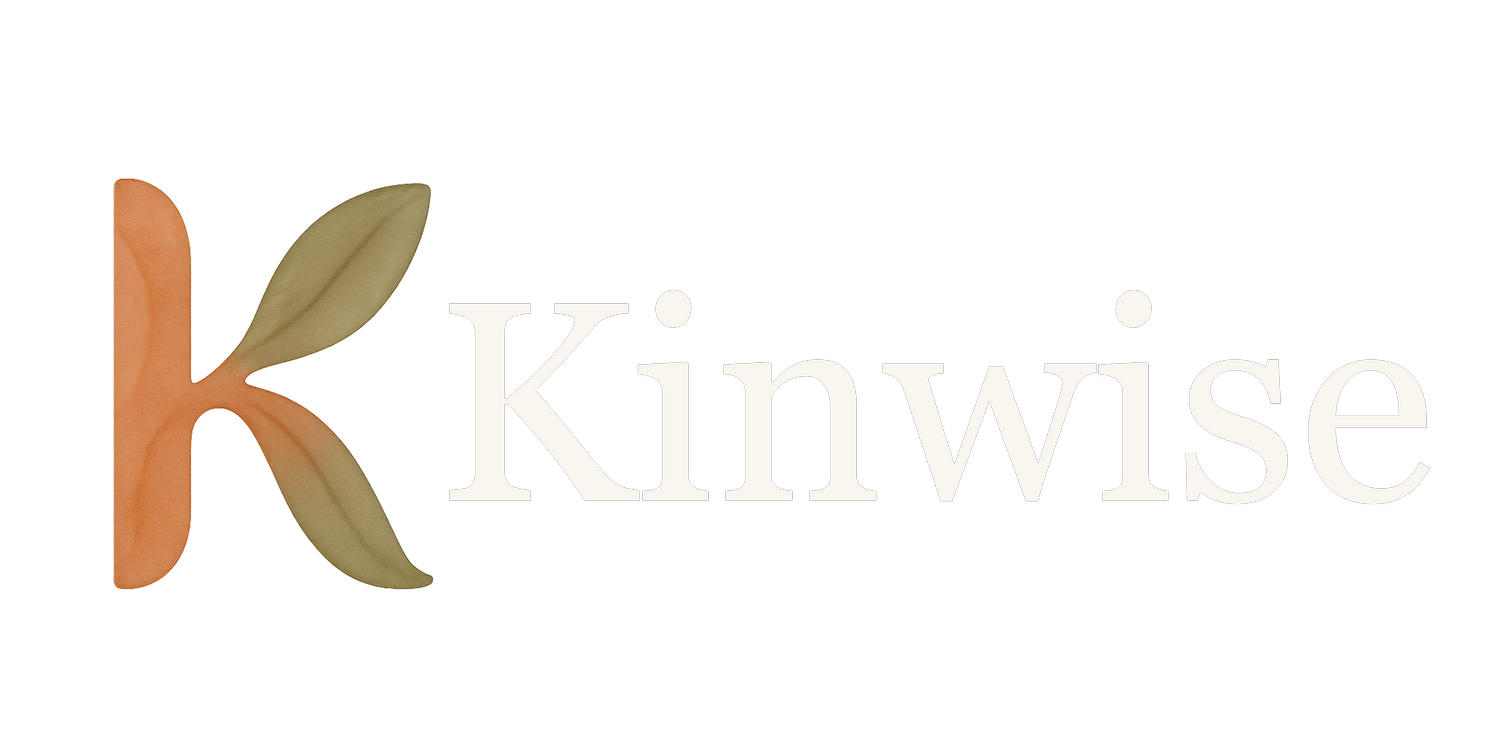Beyond the "AI Dividend": Redesigning Learning in the Age of Artificial Intelligence
A new report from Gallup and the Walton Family Foundation is making waves in the education and AI communities, and for good reason. It highlights a significant "AI dividend" for teachers. The study found that of the 60% of K-12 educators using artificial intelligence, those who engage with it weekly are saving an average of nearly six hours of work time. This reclaimed time is being reinvested where it matters most: in more personalized instruction, deeper student feedback, and improved communication with parents. And, for some teachers, in redesigning learning experiences for the age of AI.
These findings are undoubtedly a cause for celebration. Anything that supports our overworked teachers and enhances their effectiveness is a win for our schools. However, this is only one part of a much larger and more complex conversation we need to be having. As we embrace the benefits of AI for educators, we must simultaneously and urgently address how students are using these same tools.
The Double-Edged Sword of AI in the Classroom
The ease of access to powerful AI models presents a double-edged sword. While these tools can be incredible assets for research, creativity, and personalized learning, they also open the door to a significant challenge: the offloading of critical thinking.
This isn't a hypothetical problem. It's happening in classrooms right now. In a recent conversation for our podcast, teacher Tanzania Brown shared a startling anecdote from her school. "We did a poll and realized that in my school of Geometry and Algebra II students, which are about 200 students, 75% of them were using AI to just answer questions," she explained. "So we give them a worksheet, and 75% of them were just plugging the questions into AI and just copying and pasting the response."
Tanzania's experience is a powerful reminder that for many students, the path of least resistance is incredibly tempting. The developing adolescent brain is naturally more geared towards seeking immediate gratification, making the allure of a quick, AI-generated answer difficult to resist. When students bypass the cognitive struggle of a challenging assignment, they also bypass the learning.
From Substitution to Redefinition: The Teacher's Crucial Role
This is where the conversation about teacher AI usage comes full circle. Teachers who are actively using and understanding this technology are the ones best equipped to guide their students in its effective and ethical use. They are the ones who can begin the essential work of redesigning learning experiences to not just accommodate AI, but to leverage it for deeper learning.
Vera Cubero, an emerging technologies consultant with the North Carolina Department of Public Instruction and a leader in AI in education, frames this challenge using the SAMR model. This model categorizes the integration of technology in education from Substitution (using tech as a direct tool substitute) to Augmentation, Modification, and finally, Redefinition. As Vera points out, for too long, we've been stuck at the lower levels. "If you think about like the SAMR model, you know, people were doing worksheets on the Chromebook instead of doing a paperwork sheet...we weren't really moving up to that modification or redefinition level.”
To move to redefinition means to create new tasks that were previously inconceivable without AI. It means designing assignments where AI is a collaborator in the learning process, not a shortcut to the answer. For example, instead of asking students to write an essay on a historical event, a redesigned assignment might ask them to use an AI to generate arguments from different historical perspectives and then write a synthesis that evaluates the biases in the AI's outputs.
The Path Forward: Empowering Our Educators
The Gallup and Walton report is clear: educators need and want more training, guidance, and support when it comes to AI. Teachers who aren't yet comfortable with this technology will find it incredibly difficult, if not impossible, to design learning experiences that mitigate the risks of AI misuse.
If we are to truly harness the potential of AI in education, we must invest in our teachers. They need the time, the resources, and the professional development to not only become proficient users of AI themselves but to become thoughtful architects of AI-powered learning for their students.
This is the next critical frontier in the conversation about AI in education. It’s about moving beyond the excitement of teacher efficiency and tackling the deep, complex, and vital work of preparing students for a future where the ability to think critically and creatively alongside artificial intelligence will be paramount.
Are you an education leader ready to empower your teachers to lead in this new era? I'm currently launching a pilot program designed to help schools and districts establish clear AI guidelines and deliver impactful professional development. To learn more about how we can partner, visit kinwise.org/pilot or connect with me directly at lydia@kinwise.org.

